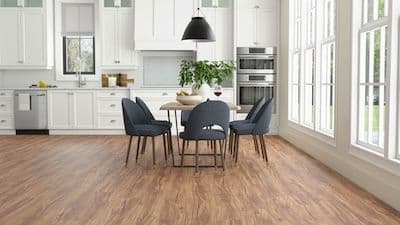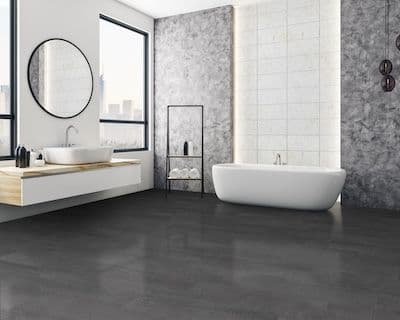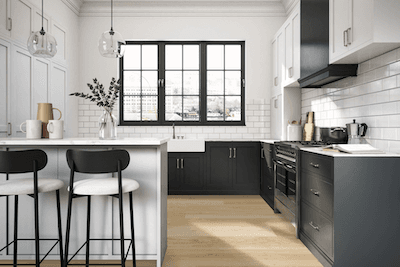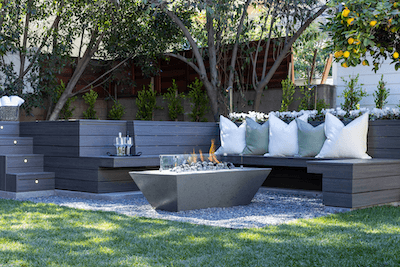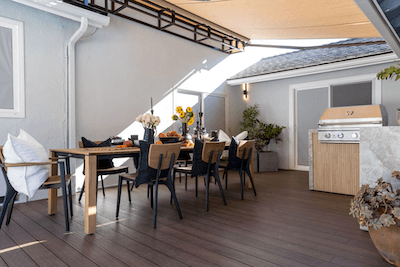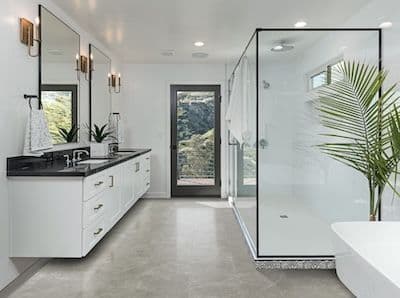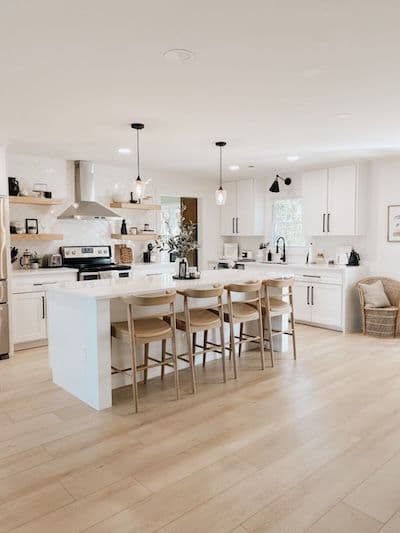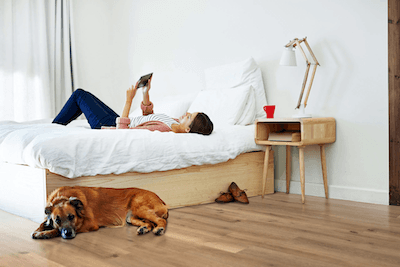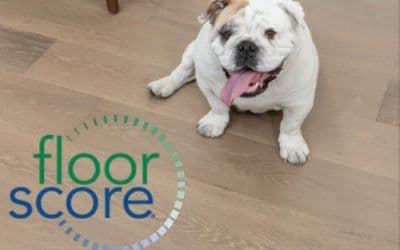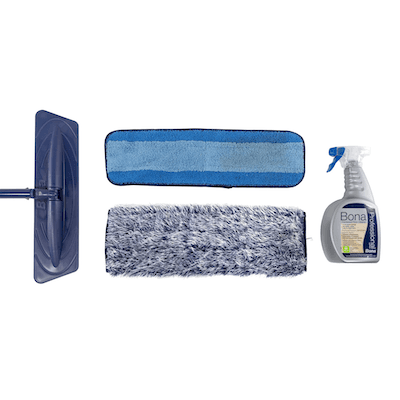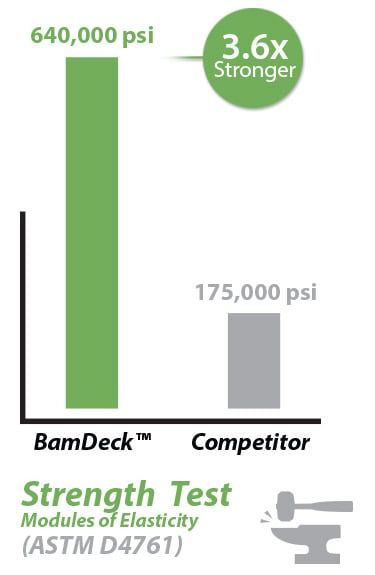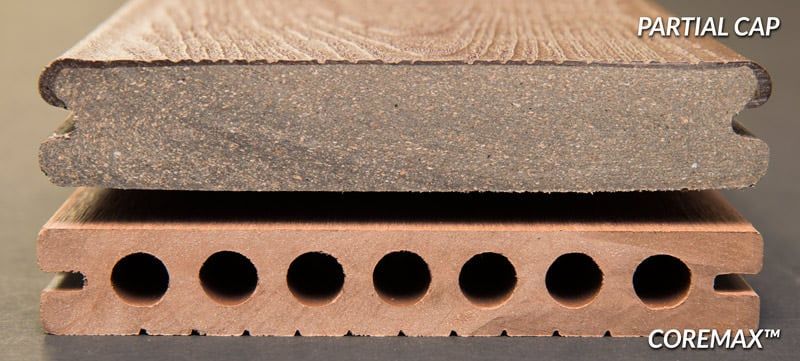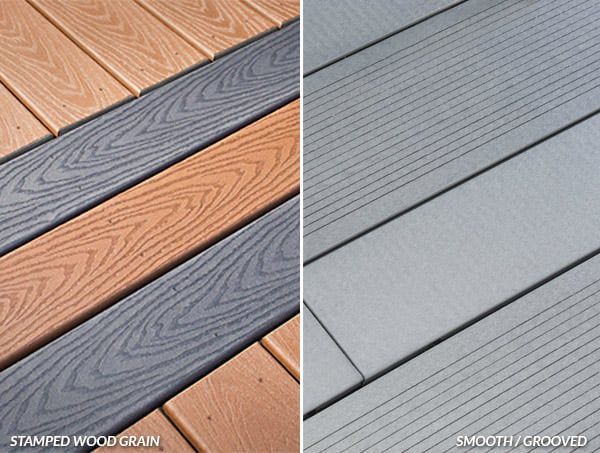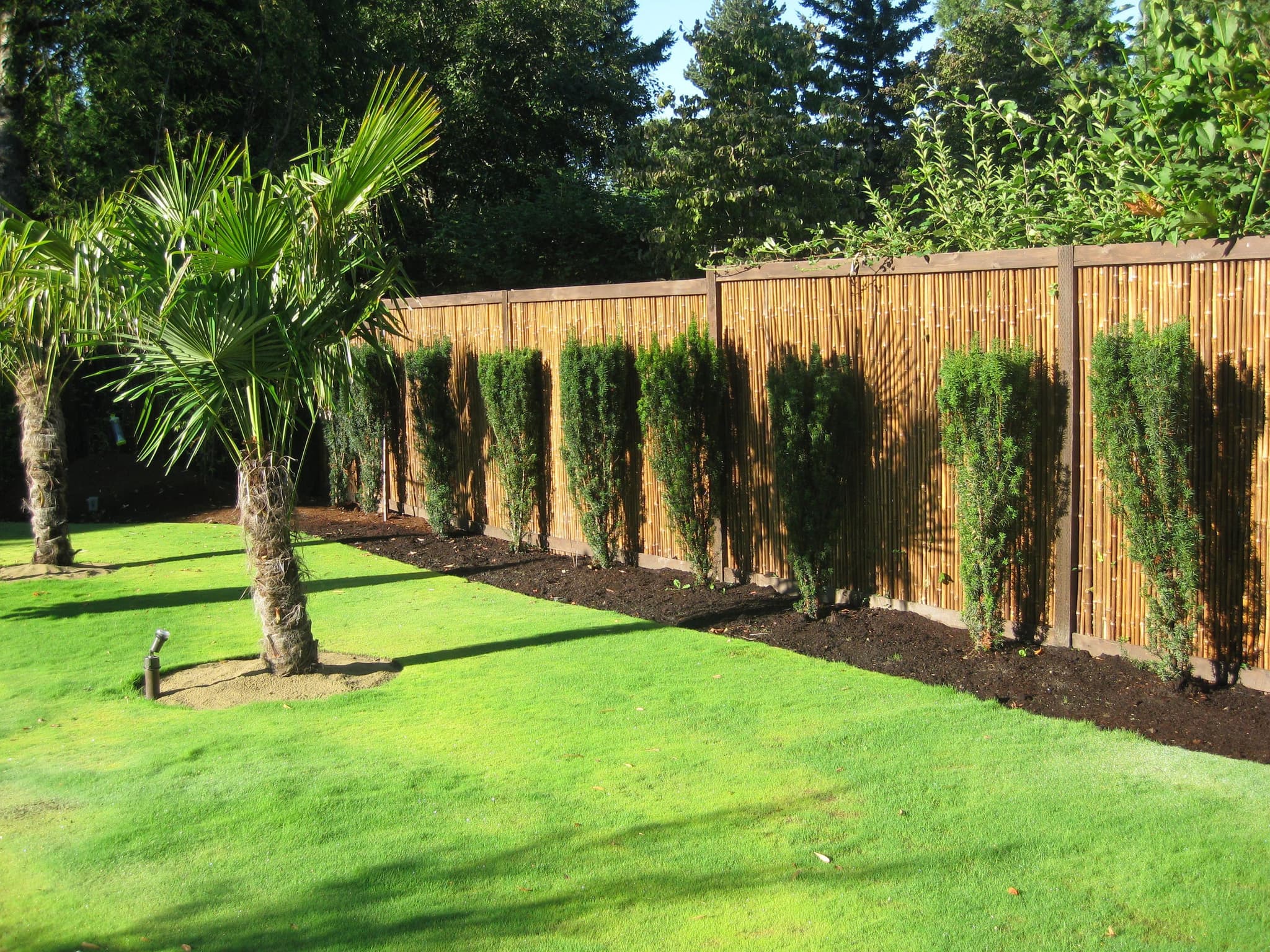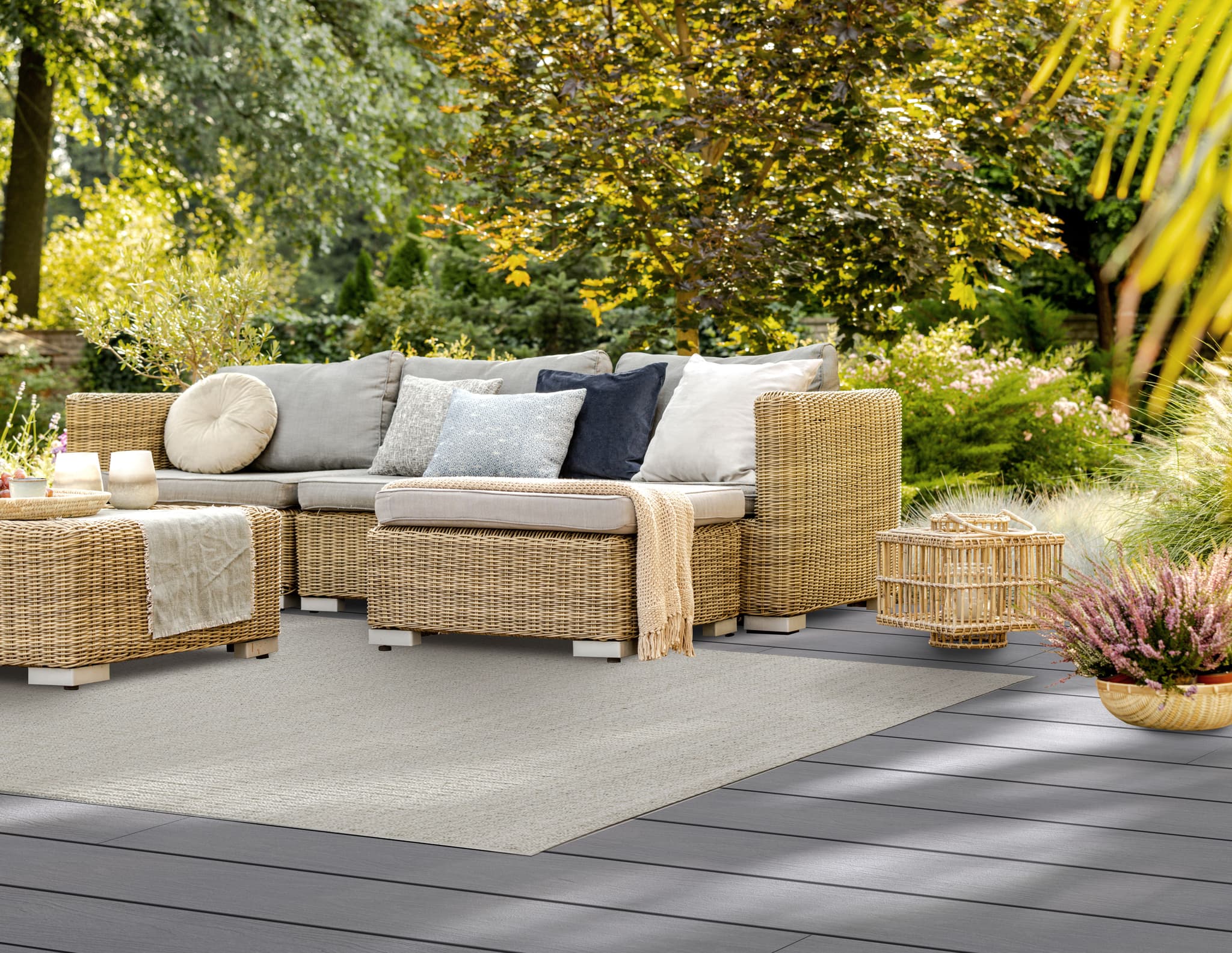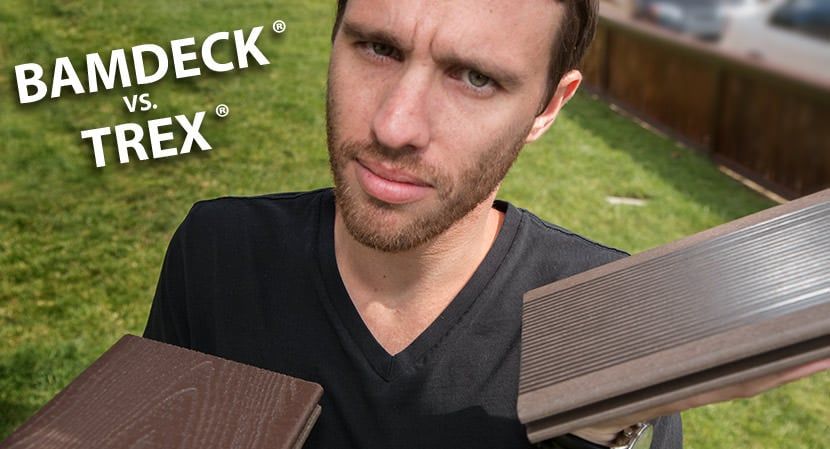
The backyard deck is the ultimate retreat, providing an idyllic place for catching an afternoon nap on a lounge chair, hosting a barbecue with friends, or enjoying a romantic dinner under the stars. For homeowners who want to spend more time enjoying their deck, and less time maintaining it, composite decking is the ideal choice. A low maintenance alternative to wood decks, composite decking doesn’t splinter, will never require sanding and is not preferred by those pesky termites.
There are a lot of options when it comes to composite decking, and each manufacturer puts their own unique twist on the composite concept. Some of the bigger companies such as Trex®, TimberTech®, Fiberon®, and EverGrain®- as well as Cali Bamboo– all offer different products at different price points, making it difficult to decipher which is the best choice for you. When doing a composite decking comparison for your next deck project, the best advice we can give is to do your homework and compare each product’s specifications and test results.
Read below for a composite decking comparison between our bestselling composite decking BamDeck® and other decking options. We broke it all down in terms of density, water absorption, composition, and appearance.
Density
While most synthetic deck material and recycled plastic decking is made from a combination of wood filler (sawdust, wood chips, etc) and plastic, BamDeck® is made from 100% recycled materials: 60% recycled bamboo fibers and 40% recycled HDPE plastic. Bamboo is known for its exceptional durability, and the bamboo fibers in BamDeck® give it industry-leading strength and density, making it inherently stronger than other wood-based composites or plastic decks. In fact, third-party tests in accordance with ASTM’s regulations have found BamDeck® to be at least 3.6x as strong as other composites made from plastic deck material.
Water Absorption
Because of BamDeck®’s superior density, it absorbs 90% less water than other composites and plastic decks. When water leaks into a less dense wood-plastic composite, it can cause mold, mildew, and in some cases, decay- irreversible damage that will require replacing the deck to fix. This is especially important to consider if you live in a location that experiences frequent rain or snowfall.
Composition
This is where the composite decking comparison gets interesting. Many composite decking companies such as Trex® and Fiberon® offer a capped product, meaning they are made from a wood/plastic composite wrapped (or “capped”) in a tough surface shell, which is typically a thin (approximately 1/16th inch) layer of the synthetic plastic PVC. While capped decking is highly regarded in the decking industry due to its resistance to UV fading, scratches, and stains, be wary of companies that cut corners by only capping 1-3 sides of the board instead of all four. For these products, the veneer often does not completely seal the board, allowing for moisture to penetrate the composite which can cause the boards to expand or warp. For cheaply-made capped decking, the cap has even been known to peel off completely. **Note: If you decide to go with a capped product, make sure you pick one that is capped on all four sides (like our TruOrganics™ Composite Decking), and that utilizes a dense internal material instead of a cheap filler.
The key to BamDeck®’s extraordinary density is its composition. Instead of a cheap filler wrapped in a tough cap, BamDeck® features its hybrid formula of ultra-dense bamboo and long-lasting plastics through and through, available in solid and 3G options. BamDeck® 3G is created with CoreMax™ Technology, engineering cylindrical chambers that run the length of each board. Much like the physics property that makes a tube less flexible than a rod, the hollow CoreMax™ Technology increases tensile strength by 35% while reducing overall weight by 20%. Plus, the unwrapped surface of BamDeck® contains less plastic than other composites, making it cooler to the touch on a hot summer day.
Appearance
When planning your next decking project, chances are you have a specific vision in mind when it comes to your deck’s appearance. A deck is an extension of your home, and should be as beautiful as it is practical. A common complaint we hear from customers is that composite decking from other companies looks like fake, stamped wood, so we designed BamDeck® to have a clean, natural look that doesn’t look cheap or plastic-like. Caramel and Coffee BamDeck® mimic natural earth tones, while Slate and and Charcoal offers a sleek, modern aesthetic.
BamDeck® is the only wide plank decking in the industry, bringing the modern look of wide plank flooring to the outdoors. BamDeck® features a two-sided reversible construction, giving homeowners additional design options. Check out our Deck Designs page for even more inspiration.
If you have additional questions about composite decking comparisons, call our Green Building Consultants at 1(888) 788-2254. We’re happy to chat with you about your project and help make your deck the envy of the neighborhood!










